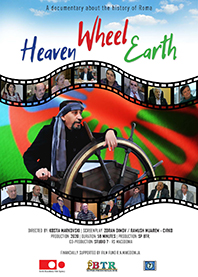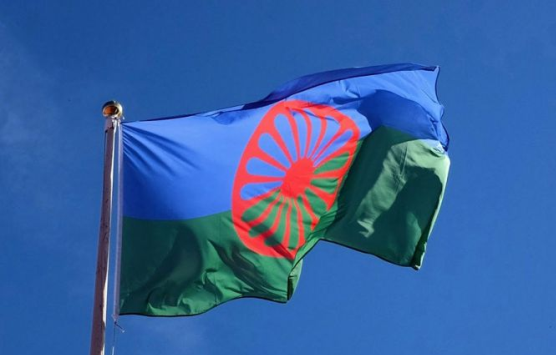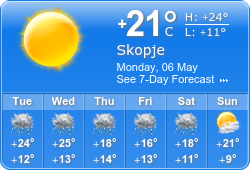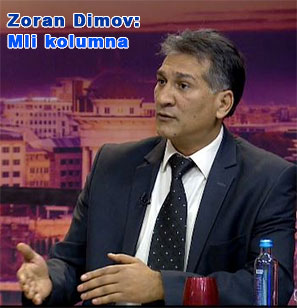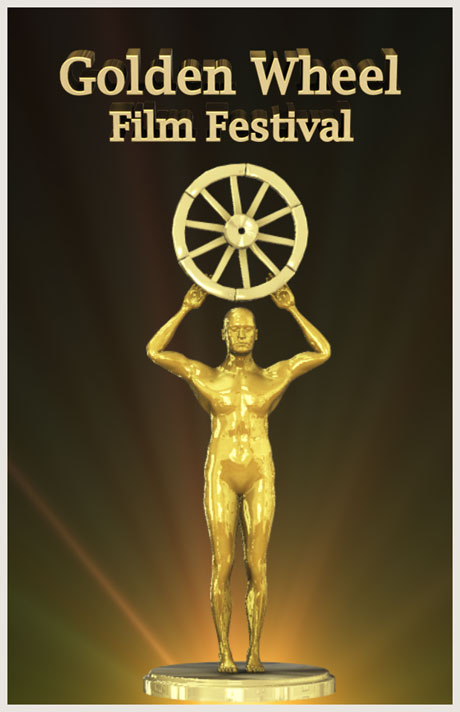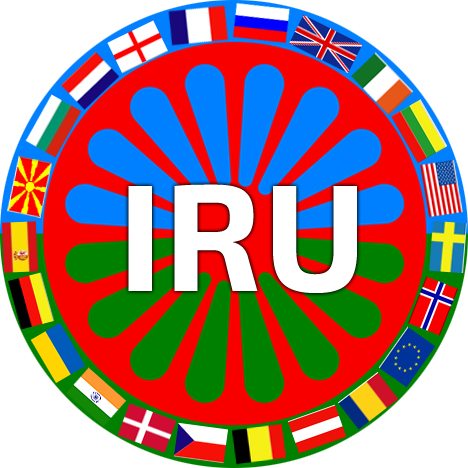
Memories and destinies: Karl Stojkas from Austria survived the Auschwitz death camp with fake years!
Carl Stojka was born into a family of Roma Roman Catholics in the village of Vampersdorf in eastern Austria. The Stojka family belonged to the Roma community who lived as horse traders. They lived in a traveling family wagon and spent their winters in the Austrian capital, Vienna. Carl's ancestors lived in Austria for more than 200 years. In 1933, the Nazi regime, building on long-standing prejudices, launched a rigorous campaign against the Roma. They were targeted as racially "undesirable" and people labeled "criminal."
Carl grew up in freedom, travel and hard work. But in March 1938, just before his seventh birthday, Germany annexed Austria. Their wagon was parked for the winter in a camp in Vienna. Instead of prolonging their lives in travel, they were forced to stay put.
By 1943, Karl's family, as well as thousands of other Roma, were deported to the so-called ′ ′ Gypsy Family Camp ′ ′ in Auschwitz-Birkenau. Transportation of more than 900 Roma was sent to Buchenwald for forced labor. Although Carl was fourteen years old, his family convinced the SS guards that he was much younger. So Carl avoided being sent to Birkenau's gas chambers.
On the night of August 2, 1944, between 4,200 and 4,300 Roma were killed in the camp that night.
Carl was later deported to the Flossenberg concentration camp. He was liberated by US troops near Roetz, Germany in April 1945. After the war, he returned to Vienna with his surviving family. Of the 23,000 Roma men, women and children imprisoned in the so-called "Gypsy family camp" in Auschwitz, about 19,000 dead.



